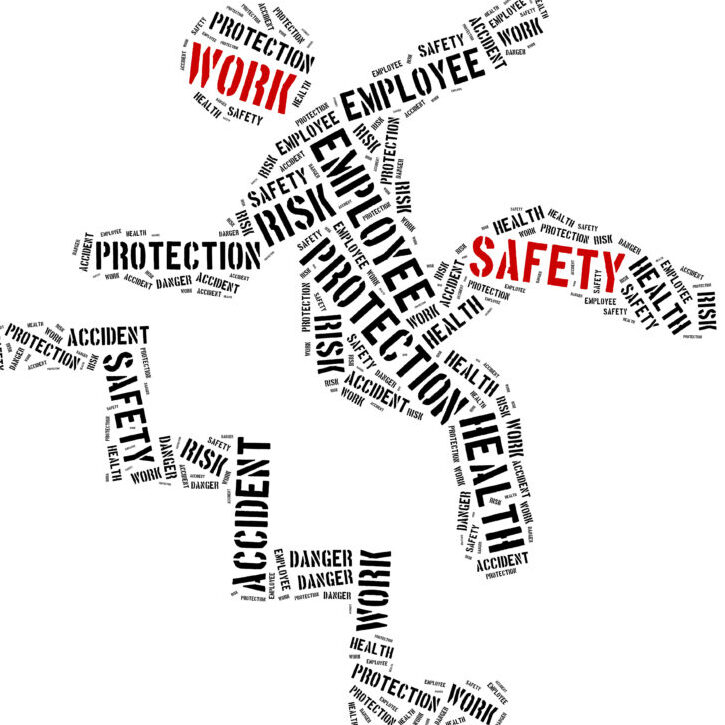
If you watched “60 Minutes” on Easter Sunday, you know that the U.S. government has issued an urgent warning about a dangerous new malware that could cripple industrial systems worldwide. This warning follows a recent cyberattack by Russian hackers who attempted to knock out power to two million people in Ukraine.
The Biden administration is warning that the Kremlin is now preparing to launch a new generation of cyberattacks against the United States. American cyber defenders say they’re seeing Russian hackers scanning and probing some of our most critical infrastructure systems. They’re bracing themselves, especially at the department of homeland security, with an initiative called “Shields Up.”
Cyber Security and Infrastructure Security Agency (CISA) Director Jen Easterly said, “We are seeing evolving intelligence about Russia planning for potential attacks, and we have to assume that there’s going to be a breech, there’s going to be an incident, there’s going to be an attack.” Easterly predicts our energy and finance sectors will be key targets.
When it comes to Vladmir Putin, Easterly said, “We are dealing with a very dangerous, very sophisticated, very well-resourced cyber actor, and that’s why we’ve been telling everybody very consistently, ‘Shields up!”
So, what does that mean? Easterly, a West Point graduate and decorated army officer, says it means we should, “assume there will be disruptive cyber activity and make sure you are prepared for it.” To help mitigate the threat, she’s calling on Americans to be hyper diligent with their cybersecurity.
Steps we can take include:
- Updating software. This is important because software updates typically include enhanced security features.
- Using multi-factor authentication (MFA) on computers, tablets, and phones as much as possible. It may be inconvenient to wait for a text message and enter a code before you can browse your favorite websites, but implementing MFA makes you 99% less likely to get hacked.
- Not sharing information we find on the internet unless we are 100% certain it is true and it originated from a credible source in the United States. Spreading false information is one of Russia’s favorite tactics.
You can learn more by visiting CISA’s National Cyber Awareness webpage, which also offers the option to subscribe to security alerts and tips. To watch the 60 Minute segment, click here.
Web Savvy Marketers and its subsidiary, Connecticut Manufacturer’s Resource Group (CTmrg.com) are dedicated to helping manufacturers succeed in every capacity, so we’ll be sharing more about cybersecurity throughout the year. To subscribe to our news updates, click here and scroll to the bottom of the page.








